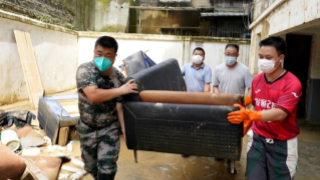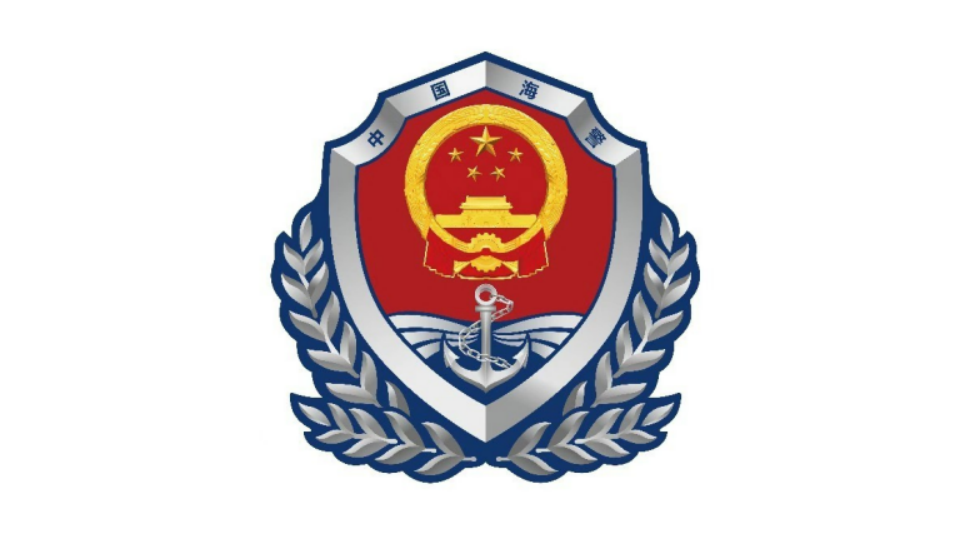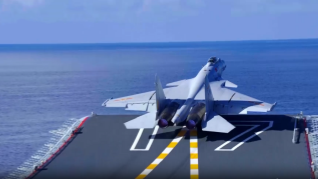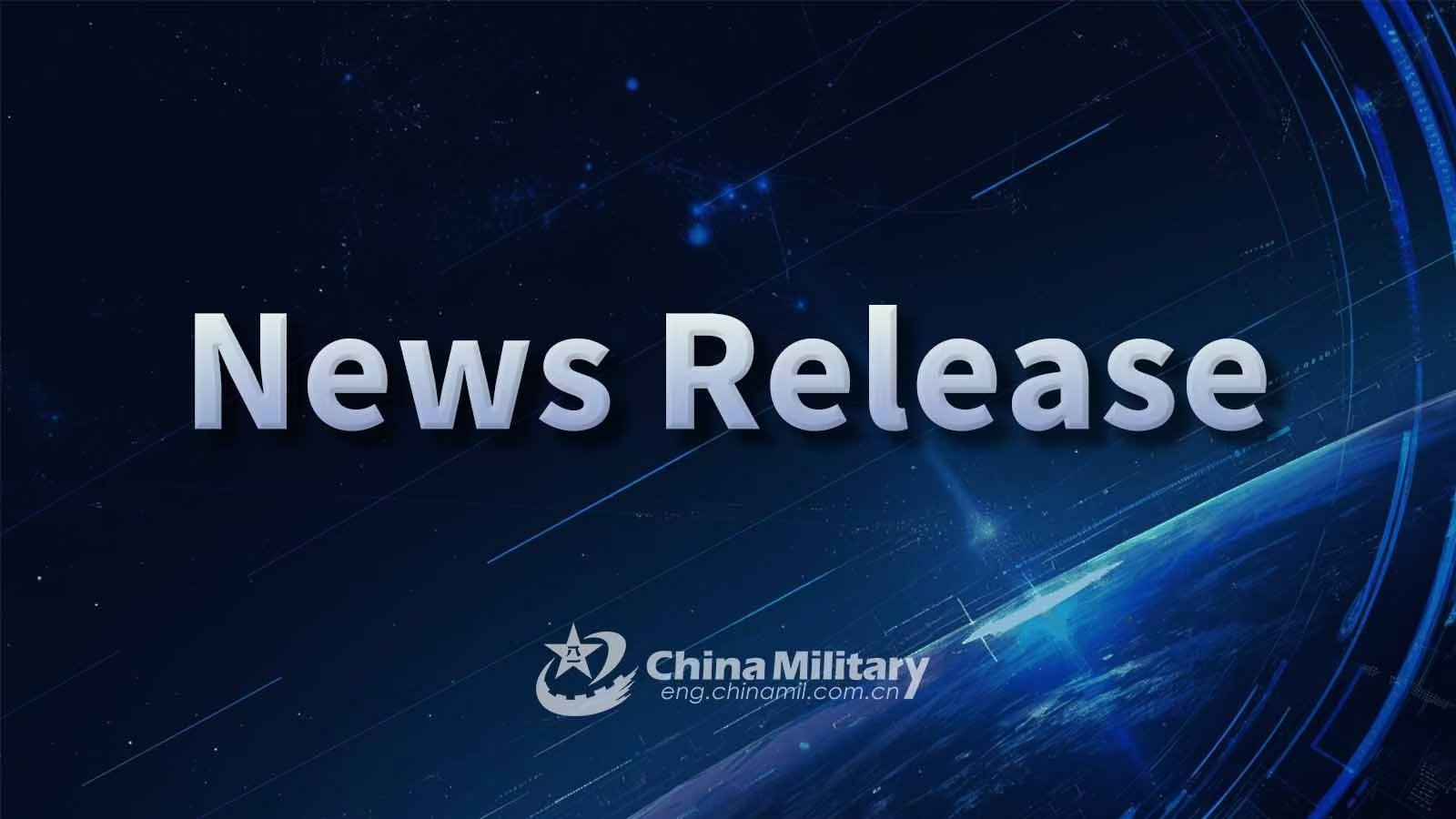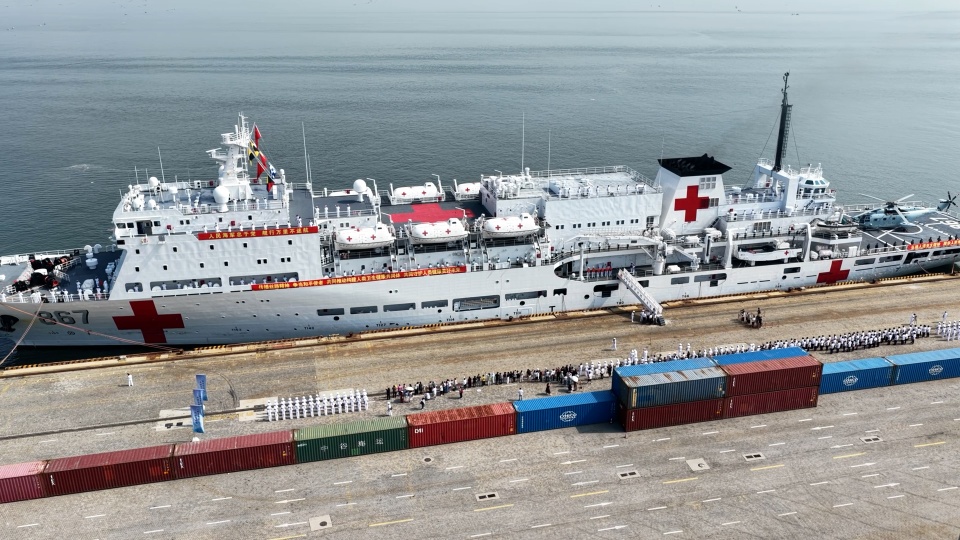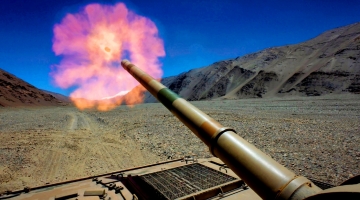
A launch vehicle for Naval Strike Missile-equipped Navy-Marine Expeditionary Ship Interdiction Systems (NMESIS) disembarks from a landing craft air cushion (LCAC).
According to reports, the US has stated that it reached an agreement with the Philippines to restore so-called deterrence in the Indo-Pacific region and secure peace through strength. One of the key measures involves the planned deployment of the Navy/Marine Corps Expeditionary Ship Interdiction System (NMESIS) on Philippine territory.
Following the deployment of the Typhon land-based Mid-Range Capability missile system in the Philippines , the US is now introducing another new missile platform. Under such circumstances, stationing the Terminal High Altitude Area Defense (THAAD) system in the country may no longer be out of the question.
The NMESIS is a shore-based anti-ship missile system typically seen as a defensive weapon.
However, unlike similar systems used by most countries for coastal defense, NMESIS is designed for offensive operations. It is lightweight, compact, and requires minimal support infrastructure, giving it high strategic and tactical mobility. The system can be rapidly deployed via aircraft such as the C-130 transport aircraft or Bell Boeing V-22 Osprey, or delivered by landing craft including LCAC. Once ashore, it can move autonomously or be remotely operated to reach its firing position.
Operationally, the island-dense First Island Chain allows NMESIS to be rapidly and flexibly deployed using helicopters or fixed-wing aircraft. With a range of over 200 kilometers, NMESIS enables a single missile-equipped artillery company to exert control over a maritime area with a 200-kilometer radius. By positioning the system on key islands along the First Island Chain, the US can effectively blockade vital maritime passages such as the Miyako Strait and the Bashi Channel. The system can also support forward-deployed naval forces. Besides, being built on an unmanned ground vehicle platform, NMESIS minimizes personnel risks even if the launcher is destroyed, an approach that aligns with the US Navy's distributed maritime operations concept.
The US Navy has tested NMESIS in multiple exercises, including the Rim of the Pacific (RIMPAC) . However, the current deployment in the Philippines marks the system's first operational placement along the First Island Chain. The decision of the Pentagon to deploy the missile system in the Philippines stems from two main factors, including Manila's active cooperation with US military initiatives and Washington's assessment that the Philippines represents a weak link in the First Island Chain. In recent years, the US has taken steps to reinforce this perceived vulnerability by selling or donating weapons to the Philippines, conducting joint exercises, and reactivating several military bases across the country.
The US military's reactivation of bases and expanded deployments in the Philippines underscores Washington's prioritization of Luzon Island's strategic posture. This comes as no surprise, given Luzon's proximity to both Taiwan of China and the Bashi Channel. Considering the US strategy of using Taiwan to contain China, the motive behind these moves is self-evident. It is therefore likely that the US will deploy the NMESIS system on Luzon Island, potentially in areas near the Bashi Channel.





